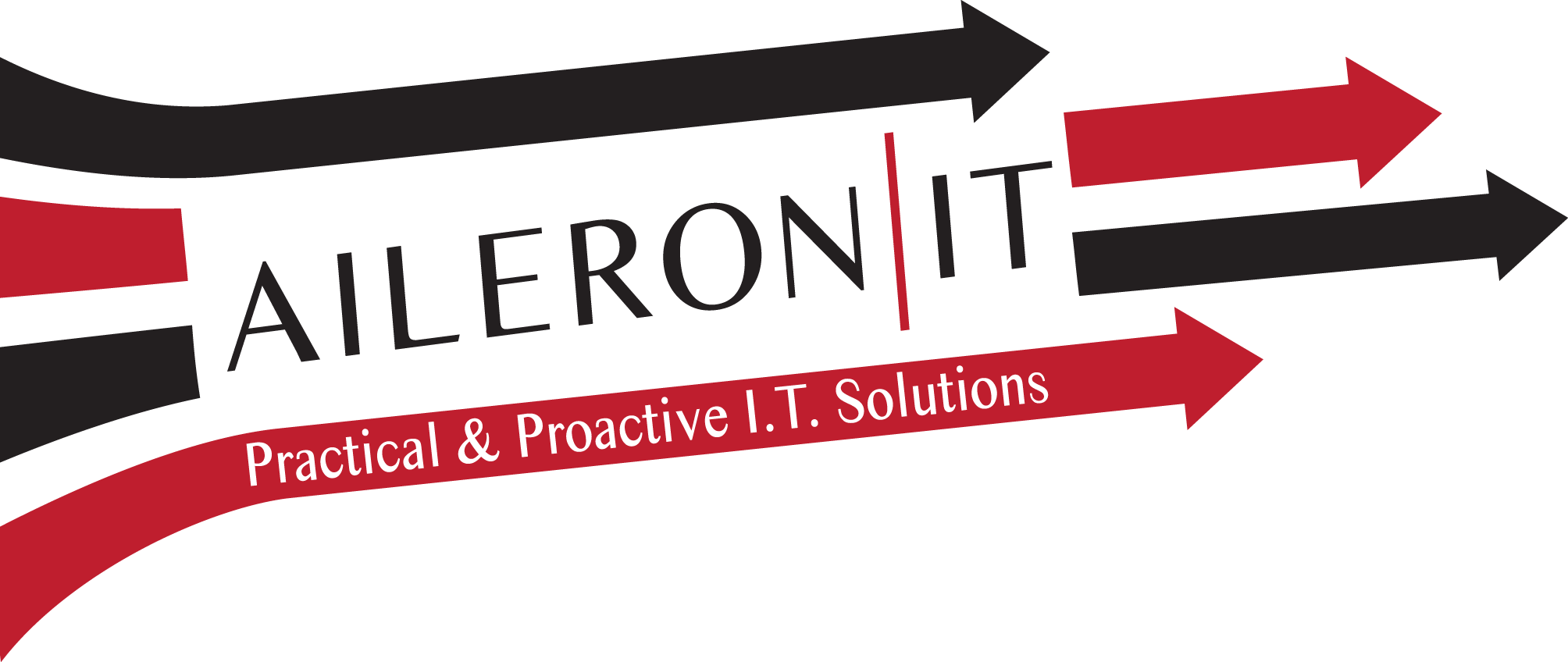Zero-Day vs Known Vulnerabilities – A Practical Primer for Business Leaders

In the race between defenders and attackers, timing makes all the difference. When your systems remain exposed, be it to a freshly discovered flaw or one that’s been public for months, the risk to your business grows. Whether you face a vulnerability the vendor doesn’t yet know about—what’s called a “zero-day”—or one that is known but simply not patched, you still can’t afford to wait.
What exactly is a “zero-day” vulnerability?
A zero-day vulnerability is a security gap in software or hardware that the vendor hasn’t yet identified or addressed. Because the creator has “zero days” to fix it, the attacker potentially gains an advantage before defenses can catch up.
That advantage makes zero-days particularly worrisome: there’s no pre-existing patch, detection may be difficult, and once it’s exploited, you may have very little time to respond.
What about “known” vulnerabilities?
On the flip side are vulnerabilities that have already been discovered and documented. They often come with a patch, advisory or workaround—but too many organizations still let them sit unaddressed. After disclosure, attackers often scan widely for unpatched systems and automate the exploitation process.
In short: a known vulnerability isn’t harmless just because it’s been identified. Ignoring it can be just as risky as dealing with a zero-day.
Why both matter to business leaders
While zero-day vulnerabilities grab the headlines, known vulnerabilities often pose the larger volume risk.
For zero-days, the vendor and defenders race to catch up. For known vulnerabilities, the race is in how quickly you patch and verify your systems.
If you let either type linger, the consequences can include:
- Direct financial loss (ransomware payments, remediation costs)
- Reputational damage (clients lose trust when data is compromised)
- Regulatory penalties (many industries must comply with frameworks such as HIPAA, PCI DSS)
- Disruption of operations (downtime is costly)
What you should do now
Here are four foundational steps to help your organization defend itself:
- Patch management program
- Keep an accurate inventory of hardware, software, operating systems.
- Apply critical patches as soon as practical; don’t delay.
- Use automated tools to ensure remote and on-site systems are consistent.
- Verify that patches were successful, rather than assuming they were.
- Zero-day response planning
- Subscribe to trusted cybersecurity advisories and vendor notifications.
- Define a playbook: what you’ll do when a zero-day is announced (or exploited) in your environment.
- Apply mitigation until a full fix arrives: disable at-risk features, isolate high-risk systems, increase monitoring.
- Ensure the vendor is engaged and you’re aligned on status and next steps.
- Use of a specialist partner or MSP
For many organizations, building and sustaining 24/7 threat monitoring and vulnerability management is expensive and complex. Partnering with a managed service provider can bring continuous vigilance, patch expertise, and rapid incident response. - Staff training and awareness
Your people are one of your greatest defenses—just as they can be your weakest link. Ensure employees understand why updates matter, how to recognize suspected compromise, and how to report issues quickly without fear of blame.
The takeaway
Whether you’re facing a zero-day or a known vulnerability, the key metric is how quickly and effectively you act. Zero-days are dangerous because they’re unexpected and unpatched. Known vulnerabilities are dangerous because they’re avoidable—yet so many remain unaddressed.
In either case, delay can mean the difference between business as usual and a full-scale security incident. Take proactive steps today to harden your defenses and reduce exposure before you become the next target. We can help you, as soon as you contact us.

